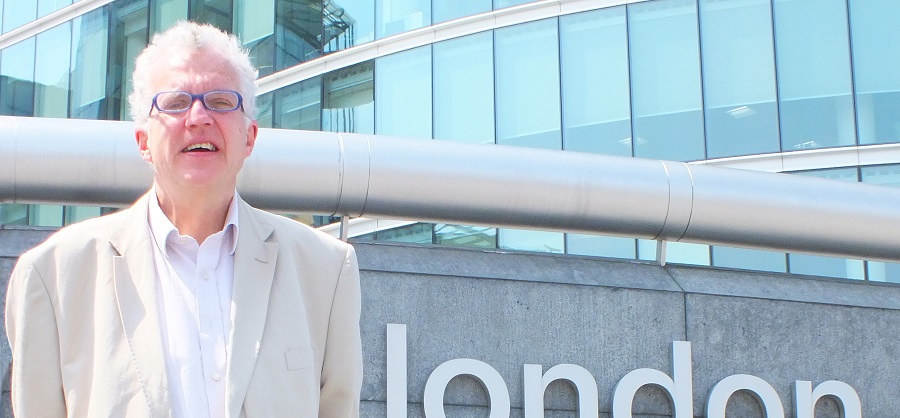he new London transport commissioner, Peter Hendy, will soon have a new string to his bow – running part of the rail network. Of course, he already has the Tube and the Docklands Light Railway, but the finishing touches are being put on a deal with the Department for Transport which will give Transport for London control of most of the existing Silverlink franchise when it disappears in the autumn of 2007.
The logic is compelling. The four lines – the North London, West London, Euston – Watford and Gospel Oak – Barking and which will be known collectively as North London Railways – run almost entirely within the boundaries of Greater London and are currently a rather forgotten bit of the national rail system. In particular, they need considerable investment, the North London is particularly overcrowded and West London and the Gospel – Barking both have enormous potential and little capacity. TfL has money available thanks to its near £3bn bond issue.
TfL will also, of course, run the trains on the East London line, which will be a kind of French style RER suburban rail service using part of the old London Underground network (and, of course, the world’s oldest tunnel under a river built by Marc Brunel and opened in 1843) and part national rail tracks. Preparatory work has already started and it is hoped the line will be completed in 2010. Services on both these lines will be franchised out to operators, but the interesting aspect of TfL’s rail portfolio is that there such a variety of different models. The Tube, of course, is run under the Public Private Partnership with TfL remaining the operator but the infrastructure being controlled and maintained by private infrastructure companies.
The Docklands Light Railway, meanwhile, is franchised out as a unified railway to Serco, which both looks after the infrastructure (apart from on a couple of recent extensions which are under separate contracts) and operates the trains, under a recently signed deal. North London Railways will continue operating on Network Rail track but will franchise out the operations. However, this will be a different model from other national rail services as there is no question of passing on the revenue risk, which will remain with TfL.
There will be another big difference with this franchise, too, in that it will need new rolling stock and Ian Brown, managing director of London Rail, says that TfL is looking at the possibility of simply buying the stock, rather than leasing it: For North London, 25 three car trains will be needed, and for East London a further 20, which means that old trains may possibly be used initially on the North London line until an order for both new sests could be placed together.
This could be good news for the beleaguered British rolling stock industry, since there are no new orders from the rest of the English national rail network in the offing.But the rolling stock companies may be concerned that they will be left out of the loop and that others may follow this model.The interesting point about these developments is how different these various models are from the existing structure of franchising to which the Department for Transport seems so committed in a completely blinkered way.
The extraordinarily high successful bids by First for the two recent franchises, Greater Western and Thameslink/Great Northern and by Sea Containers for GNER (which is already losing money) seem destined to end in tears given that they are predicated on 8-9% compound revenue growth.. On the other hand, TfL is taking a much more sensible approach in not attempting to pass risk that is difficult to quantify.
It has also done this in construction projects, such as the various DLR extensions which have been delivered on time and on budget. How long will it be before the Department learns these lessons from its own doorstep?
